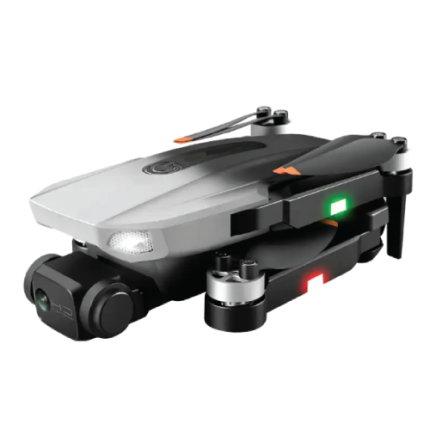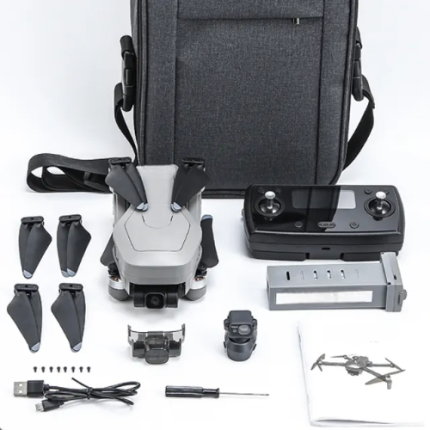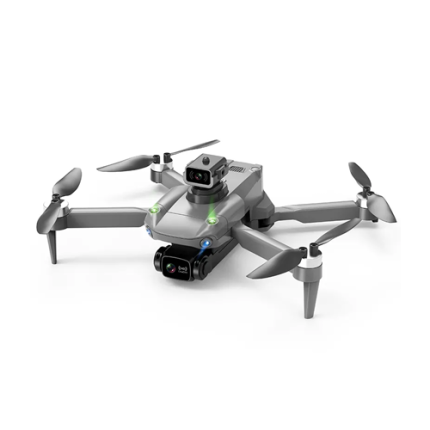GAOTek Obstacle Avoidance Pro Wi-Fi FPV Foldable RC Drone 4k Selfie Dual Camera Beginner Drones
SKU:
GAOTek -FD-105
GAOTek 3KM GPS Drone WIFI FPV Drone
SKU:
GAOTek - GPSD - 133
GAOTek 6K Dual HD Camera GPS Drone
SKU:
GAOTek-GPSD-135
GAOTek AE6 Max GPS Professional Drone
SKU:
GAOTek-GPSD-137
GAOTek Aerial Photography Obstacle Avoidance Quadcopter Drone
SKU:
GAOTek-GPSD-182
GAOTek Agricultural FPV Sprayer Drone
SKU:
GAOtek-FD-116
GAOTek Autonomous Drone
SKU:
GAOTek-AD-165
GAOTek Avoidance Resistance Optical Flow GPS Drone
SKU:
GAOTek-GPSD-127
GAOTek Avoiding Brushless Drone Motor Quadcopter Professional Camera Drone
SKU:
GAOTek-CD-234
GAOTek Brushless GPS Aerial Photography Drone
SKU:
GAOTek-GPSD-219
GAOTek Brushless GPS Drone Quadcopter
SKU:
GAOTek-GPSD-134
GaoTek Brushless Obstacle Avoidance Quadcopter Drone
SKU:
Gaotek-GCD-273
GAOTek Brushless Quadcopter Drone
SKU:
GAOTek-CD-274
GAOTek Camera Drone
SKU:
GAOTek-CD-230
GaoTek Camera Drone 3 Axis Gimbal
SKU:
Gaotek-GCD-188
GAOTek Camera Obstacle Avoidance Optical Flow Mini Drone
SKU:
GAOTek-GCD-151
GAOTek Drones FPV And GPS Obstacle Motors Long Range Professional Drones
SKU:
GAOTek-LRD-151
GAOTek Dual Camera Drone
SKU:
GAOTek-CD-264
GAOTek Dual-Camera Aerial Quadcopter
SKU:
GAOTek-GCD-161
GAOTek Electric Dual Camera Laser Obstacle Avoidance Drone
SKU:
GAOTek-GCD-327
GAOTek Foldable Drone Battery RC Professional Long Range GPS
SKU:
GAOtek - GPSD - 128















































